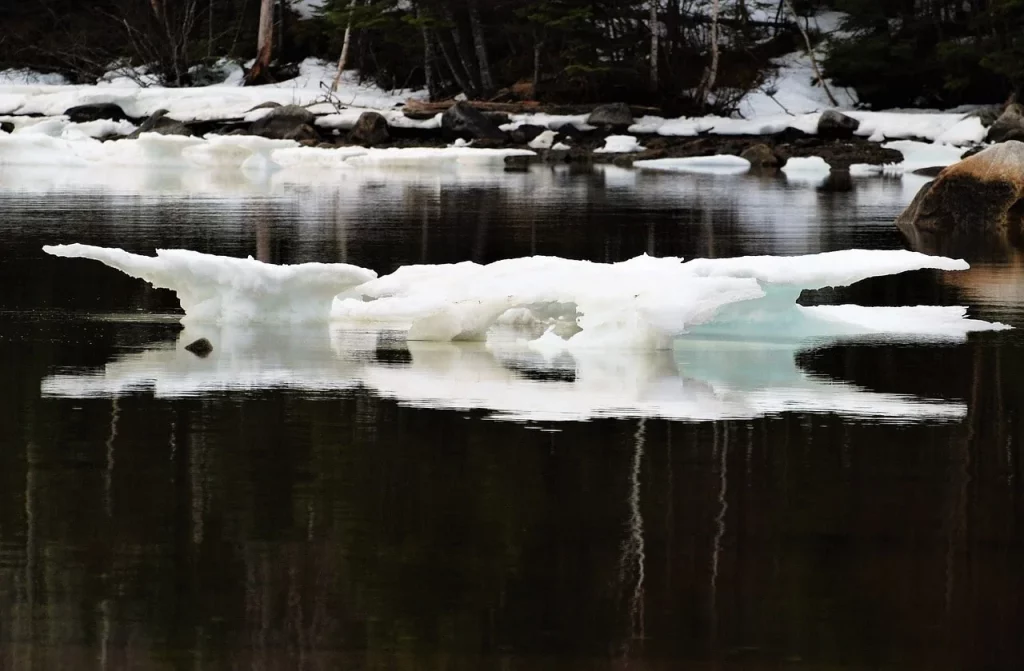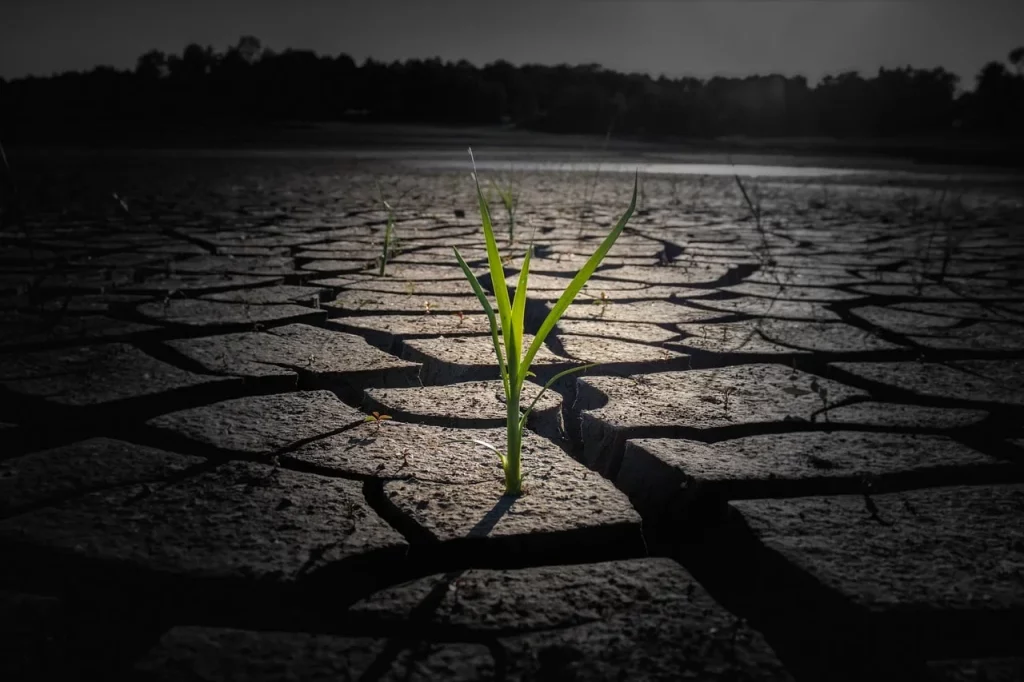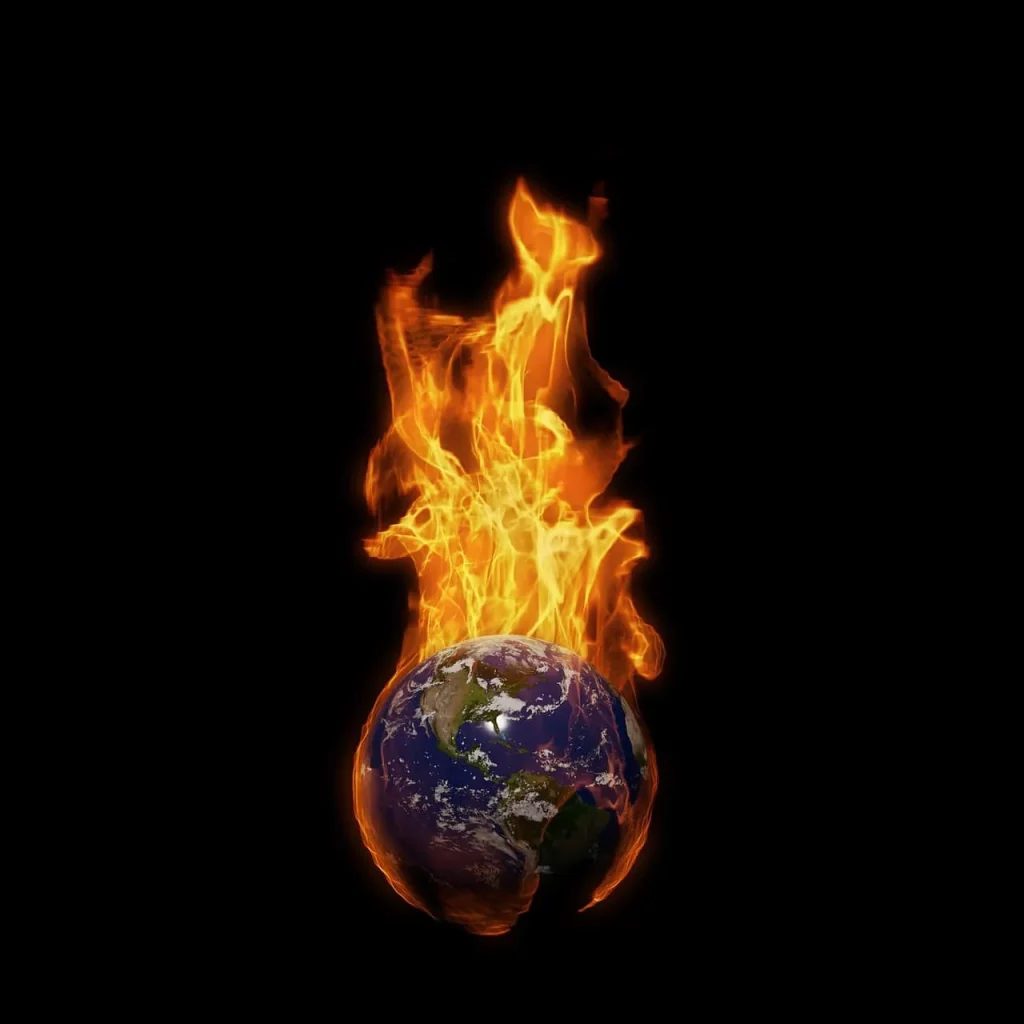What if I told you that the next facts you read could completely change how you view the Earth’s future? Global warming is not just an environmental issue; it’s a crisis that affects every aspect of our lives, from the food we eat to the air we breathe.
This article dives deep into some alarming facts about global warming, challenging you to confront the reality of the situation and inspiring you to be part of the solution. It’s time to face the facts: our planet needs us now more than ever.
Global warming isn’t a prediction. It is happening.
James Hansen
Global Warming Facts
Dive into the world of global warming with me, but don’t rush. There’s a quiz at the end of this article, and only the most attentive reader will succeed. Don’t disappoint me.
- The Arctic is warming twice as fast as the rest of the world, leading to the disappearance of ice that animals and indigenous people depend on.
- Ocean acidification, a direct result of increased CO2 levels, is causing calcium carbonate to become scarcer, affecting shell-building creatures and coral reefs.
- Climate-driven extinction risks are highest in the most biodiverse areas of the planet, including the Amazon and the Great Barrier Reef.
- Greenland and Antarctica ice sheets are melting at an accelerated rate, contributing to faster-than-expected sea level rise.
- Permafrost thawing could release over 1.5 trillion tons of organic carbon into the atmosphere, twice the current atmospheric carbon level.
- More than 20% of the Amazon rainforest is now emitting more CO2 than it absorbs, reversing its role as a carbon sink.
- Climate anomalies have led to the displacement of millions of people, creating climate refugees.
- Increased atmospheric CO2 is making staple crops like rice and wheat less nutritious, lowering their protein, zinc, and iron levels.
- Microplastics in the ocean absorb toxic pollutants released by industry, which are then ingested by marine life and potentially enter the human food chain.
- Wildfires are becoming more frequent and severe, with the 2020 Australian bushfires releasing over 400 million metric tons of CO2.
- Thawing ice in the Arctic has exposed ancient viruses and bacteria, previously trapped in ice for thousands of years.
- Methane emissions from livestock are more potent than CO2 in the short term, making dietary choices a significant factor in climate impact.
- The world’s glaciers are losing 267 billion tons of ice each year, directly affecting freshwater availability for millions of people.

- Climate change is altering ocean currents, potentially disrupting weather patterns and marine ecosystems worldwide.
- Light pollution, exacerbated by warmer temperatures, is disrupting ecosystems and wildlife, especially nocturnal animals.
- Renewable energy sources like wind and solar are now cheaper than fossil fuels in most parts of the world, yet their global deployment is still facing significant political and infrastructural challenges.
- Climate change is increasing the incidence of disease outbreaks by expanding the habitats of disease-carrying species like mosquitoes.
- Peatlands, covering just 3% of the Earth’s surface, store twice as much carbon as all the world’s forests combined.
- The number of days with extreme heat is increasing, leading to higher mortality rates, especially among vulnerable populations.
- Climate impacts are disproportionately affecting the world’s poorest communities, exacerbating inequality.
- Increasing atmospheric water vapor is enhancing the greenhouse effect, leading to more intense rainfall and flooding events.
- Over one million species are at risk of extinction due to the changing climate and habitat loss.
- Climate change is causing shifts in flowering times and pollinator activity, disrupting plant-pollinator interactions.
- Deforestation contributes to about 10% of all global warming emissions.
- Investments in climate adaptation measures are significantly lower than needed, particularly in vulnerable countries.
- Climate change could push over 120 million people into poverty by 2030 due to its impacts on agriculture and living conditions.
- Cloud feedback is one of the biggest uncertainties in climate science, affecting predictions of future warming.
- Sea level rise is not uniform worldwide; some areas are experiencing rates three times higher than the global average.

- Urban heat islands effect is intensifying, with cities experiencing higher temperatures than their rural counterparts.
- Ice loss from glaciers and ice sheets is contributing to Earth’s axis shift, affecting the distribution of the planet’s mass.
- Phytoplankton, responsible for about half of the world’s oxygen production, are affected by ocean warming and acidification.
- Aviation contributes around 2% of global CO2 emissions, with impacts amplified by high-altitude emissions.
- Soil degradation and erosion, exacerbated by climate change, are threatening food security and carbon sequestration capabilities.
- The albedo effect from melting ice is reducing the Earth’s ability to reflect sunlight, accelerating warming.
- Climate anxiety and eco-grief are becoming more recognized as psychological impacts of climate change awareness.
- Renewable energy still faces intermittency challenges, highlighting the need for innovative storage solutions.
- Artificially brightening clouds to reflect more sunlight is a proposed geoengineering solution, raising ethical and practical concerns.
- Climate change is altering wine production regions, with traditional wine-growing areas becoming less suitable.

- Ocean currents slowing down could lead to drastic changes in climate patterns, affecting global weather systems.
- Climate models predict that even with significant emissions reductions, some changes are now irreversible on human timescales.
- Heatwaves in the ocean, known as marine heatwaves, are devastating coral reefs and altering fish distributions.
- Increased CO2 levels are reducing the nutritional value of plants, affecting food quality and public health.
- Climate change is leading to water scarcity in many regions, impacting agriculture, hygiene, and drinking water supplies.
- Energy demand for cooling is rising, contributing to higher emissions and reinforcing the warming cycle.
- The economic costs of climate change are projected to reach trillions of dollars, affecting global economies and individual livelihoods.
- Climate litigation cases are increasing, holding governments and corporations accountable for their roles in climate change.
- Climate change is impacting mental health, leading to stress, anxiety, and other psychological conditions.
- Green infrastructure and urban planning are becoming essential in adapting to and mitigating the effects of climate change.
- Climate change is driving the emergence of new diseases in humans and wildlife by altering ecosystems and species interactions.
- The loss of dark skies due to increased glow from urban areas exacerbates the disruption of natural rhythms for both humans and wildlife, highlighting the broad and interconnected impacts of human activity on the planet.
Global Warming Myths

Now that you’re armed with facts, let’s separate the truth from the fiction! Buckle up; it’s time to bust some common myths about global warming.
- Global warming is just part of Earth’s natural cycle.
While Earth does experience natural climate variations, the rapid warming observed now is not part of these cycles. It has been confirmed by scientists that the current global warming is primarily caused by human activities, especially the burning of fossil fuels. - Only big polluters need to worry about reducing emissions.
It’s true that large-scale industrial activities contribute significantly to carbon emissions, but individual actions matter too. Small changes in daily habits by millions of people can lead to substantial reductions in the overall carbon footprint. - Planting trees alone can solve global warming.
Planting trees is beneficial as they absorb CO2, but it is not a standalone solution. Comprehensive approaches, including reducing fossil fuel use and enhancing energy efficiency, are required to effectively combat global warming. - Global warming will only lead to hotter weather.
Global warming results in more extreme weather patterns, including not only hotter temperatures but also more intense storms, droughts, and cold spells. The increased energy in the atmosphere affects weather unpredictably, not just making it warmer. - There’s no consensus among scientists about global warming.
An overwhelming majority of climate scientists agree that global warming is happening and that human activity is a significant contributor. This consensus is based on extensive research and data analysis from around the world.
No products found.
Global Warming Quotes

“The world is on fire,” Greta Thunberg declares, mirroring rising sea levels and scorching temperatures. Dive into these powerful quotes to feel the heat, understand the gravity, and ignite the action needed to cool our planet.
The climate is changing faster than our efforts to address it.
Barack Obama
This quote by Barack Obama highlights the urgent need for accelerated action in combating climate change, emphasizing the gap between the pace of change and our responses.
Global warming is too serious for the world any longer to ignore its danger or split into opposing factions on it.
Tony Blair
Tony Blair’s statement underscores the critical nature of global warming, calling for global unity and action beyond political or ideological divisions.
Saving our planet, lifting people out of poverty, advancing economic growth… these are one and the same fight.
Ban Ki-moon
Ban Ki-moon connects the dots between environmental sustainability, poverty eradication, and economic development, showcasing his holistic view of tackling global warming.
We are the first generation to feel the effect of climate change and the last generation who can do something about it.
Jay Inslee
Jay Inslee emphasizes the unique position of the current generation to both witness and act upon climate change, highlighting the urgent responsibility to address it.
Climate change is no longer some far-off problem; it is happening here, it is happening now.
Barack Obama
Barack Obama reiterates the immediate and pressing nature of climate change, urging recognition and action against its already visible effects.
Global Warming FAQ

Ready to showcase your newfound climate expertise? Before you hit “start” on the quiz, sharpen your understanding with this FAQ and prepare to leave no question unanswered.
- Will global warming ever stop?
Yes, but it requires significant and sustained efforts to reduce greenhouse gas emissions and transition to renewable energy sources. Without action, the warming trend will continue. - How does global warming affect animals?
It disrupts habitats, food sources, and breeding patterns, leading to species migration, decreased populations, and, in severe cases, extinction. - Can global warming be reversed?
Partially. We can mitigate some effects through aggressive environmental policies, conservation efforts, and technological innovations to reduce carbon emissions and enhance carbon capture. - Will global warming stop snow?
Not entirely, but it will make snowfall less predictable and more variable. Some regions may see decreased snowfall, affecting ecosystems and water supplies. - Are global warming and climate change the same?
Not exactly. Global warming refers to the Earth’s rising surface temperature, while climate change includes global warming and its wider effects on weather patterns, oceans, ice, and ecosystems.
No products found.
Global Warming Quiz

Welcome to the Global Warming Quiz! If you don’t get any questions right, you might find your next ice cream melting faster than our polar ice caps!
Conclusion
As we close the book on our exploration of global warming, let’s not forget that this story is far from over. The science is clear, and the effects are undeniable. But here’s the silver lining: we’re in this together, and together, we can make a difference.
Every choice to reduce, reuse, and recycle is a step towards a healthier planet. So, let’s turn our concern into action and our action into habit. The future is in our hands, and it’s looking greener already. Till next time, stay curious.


